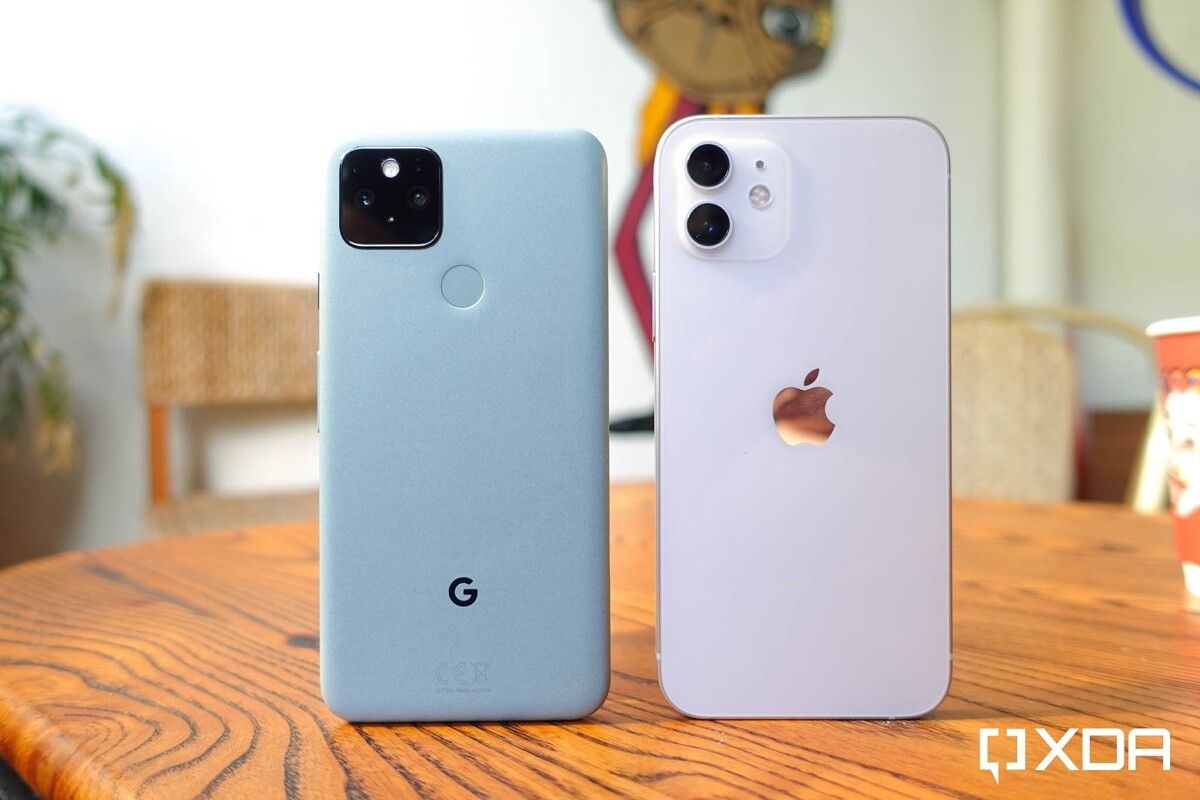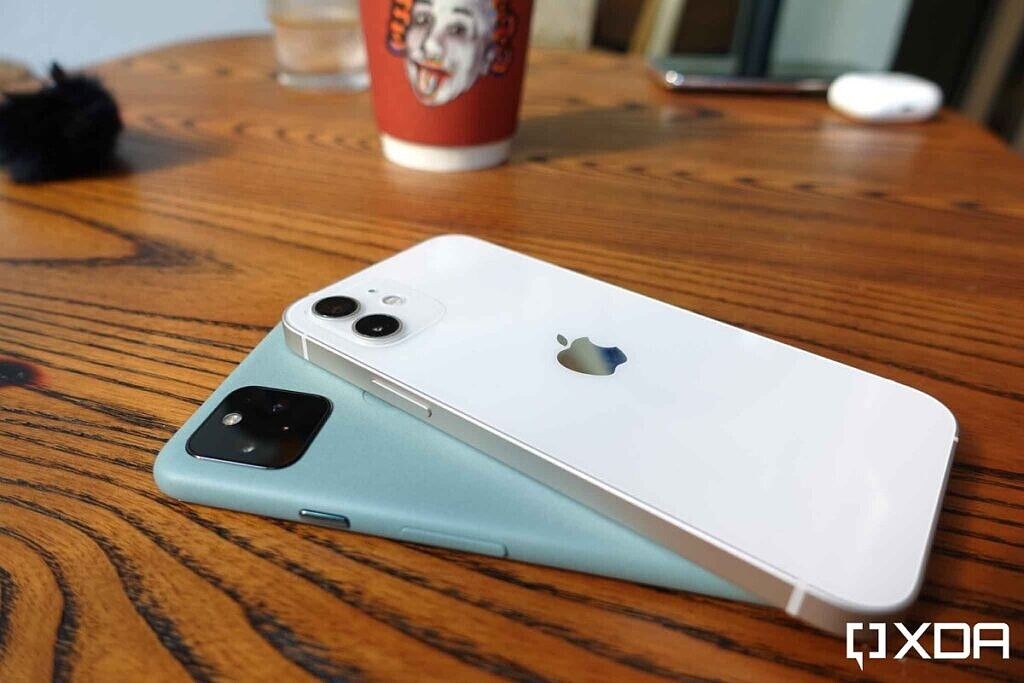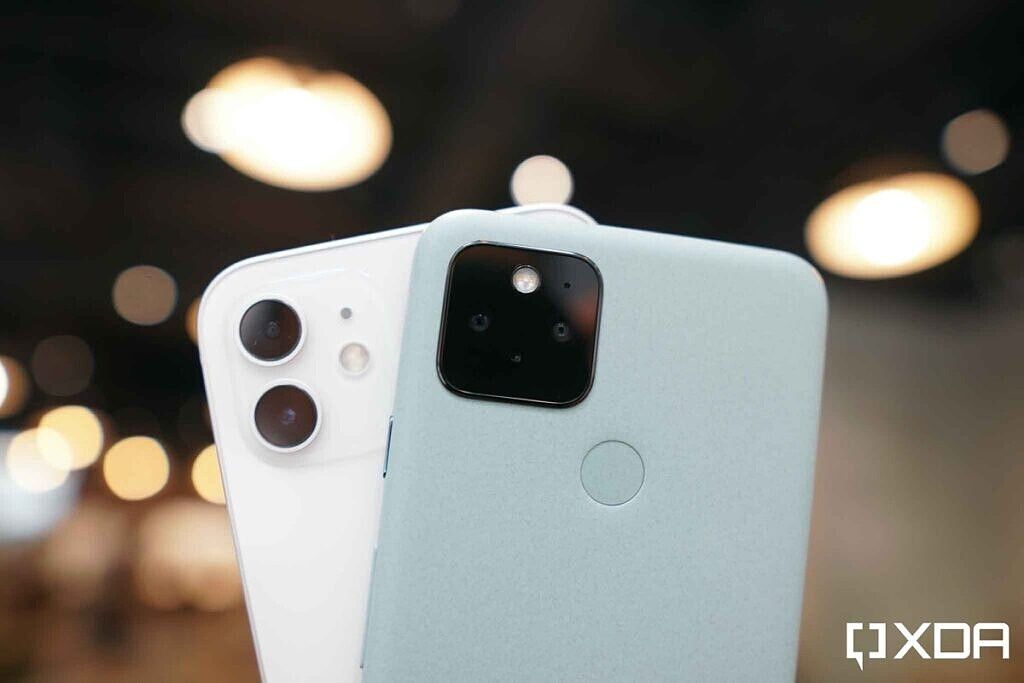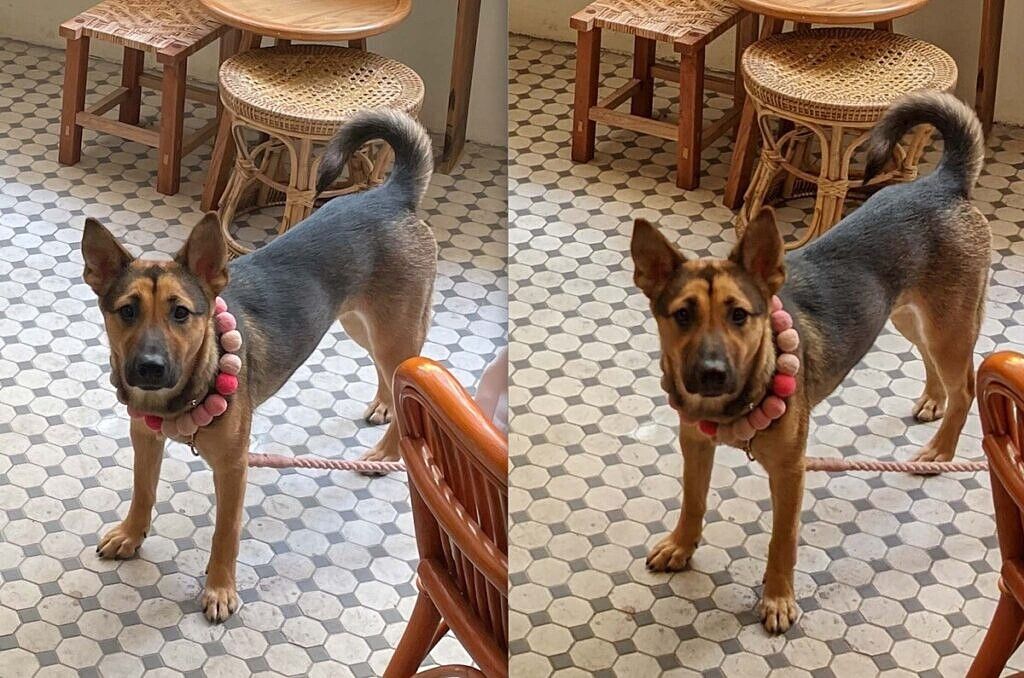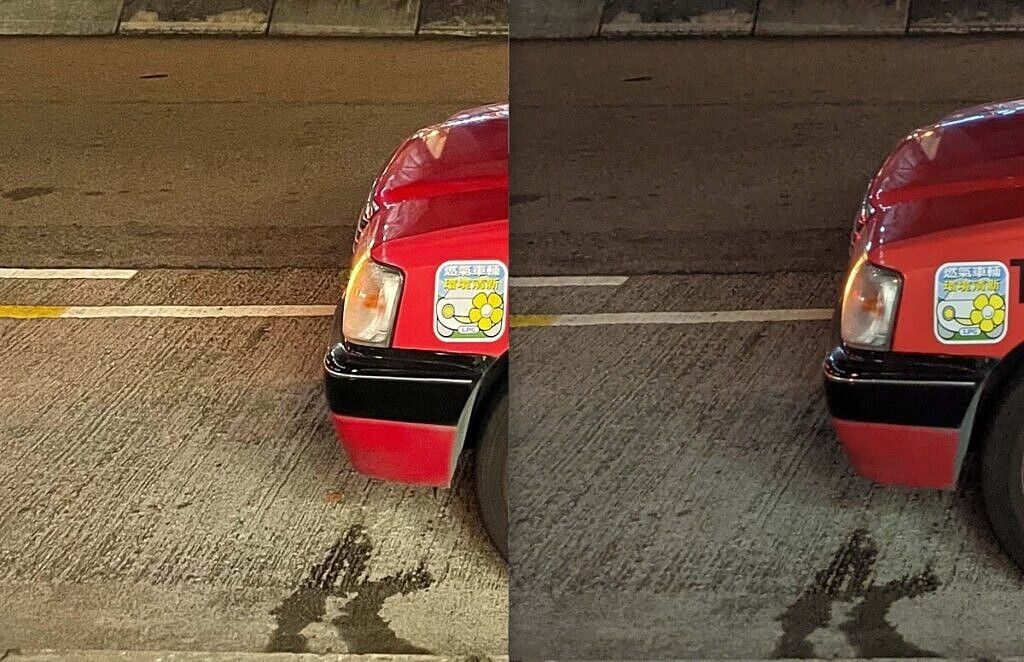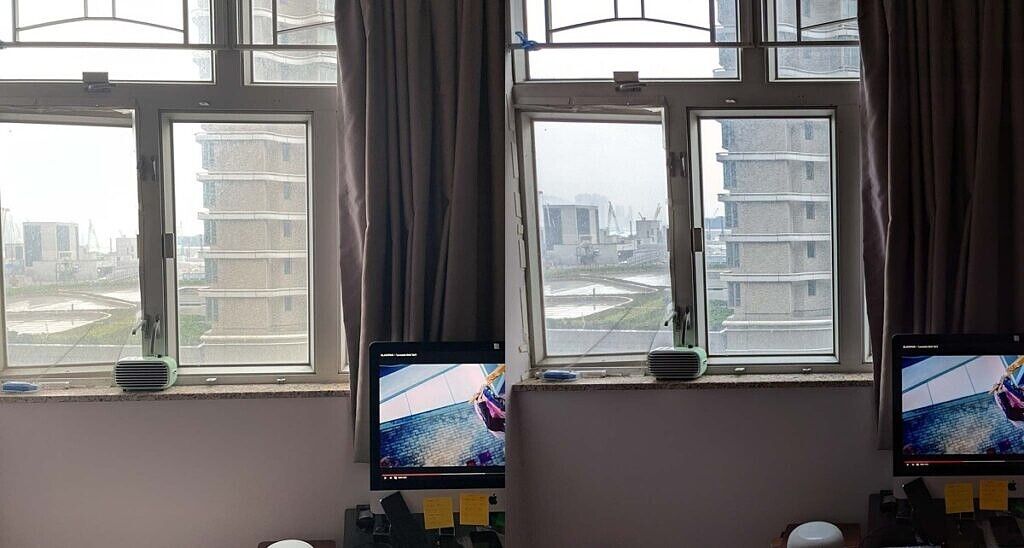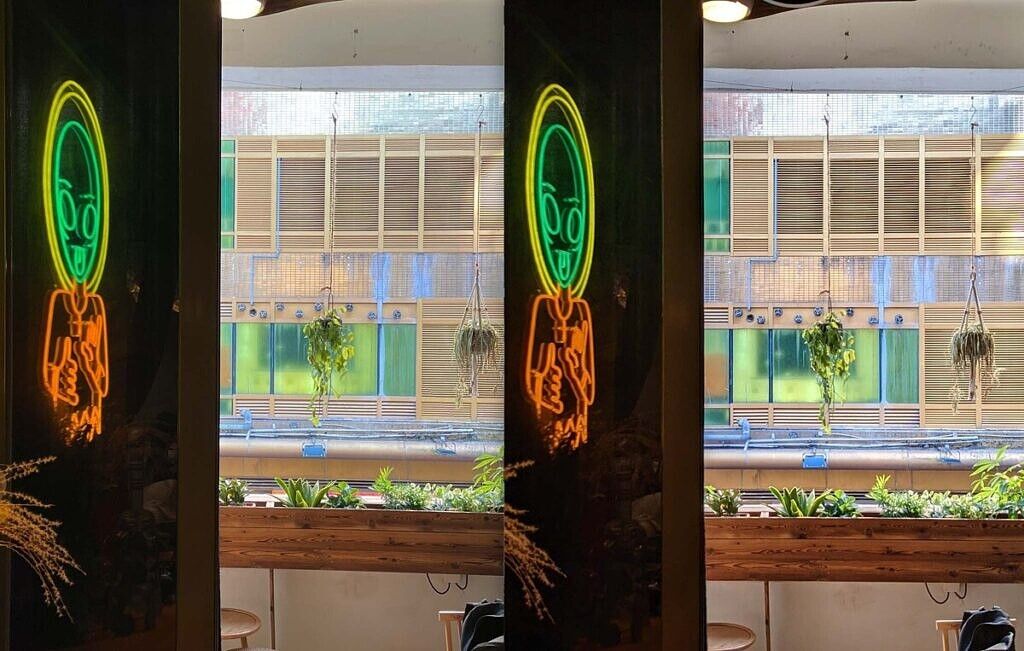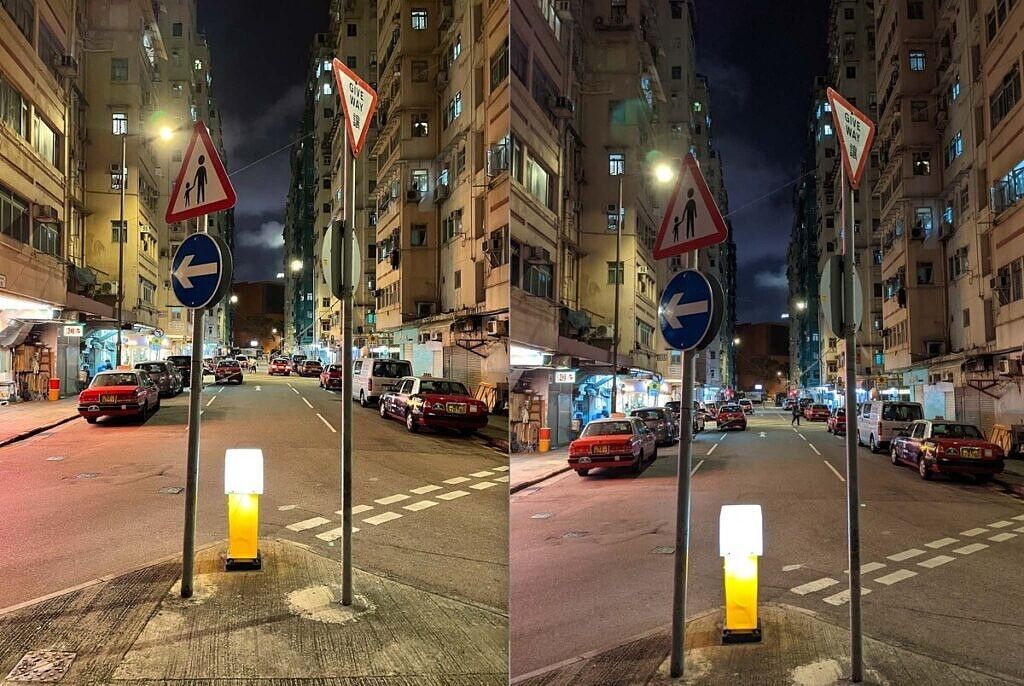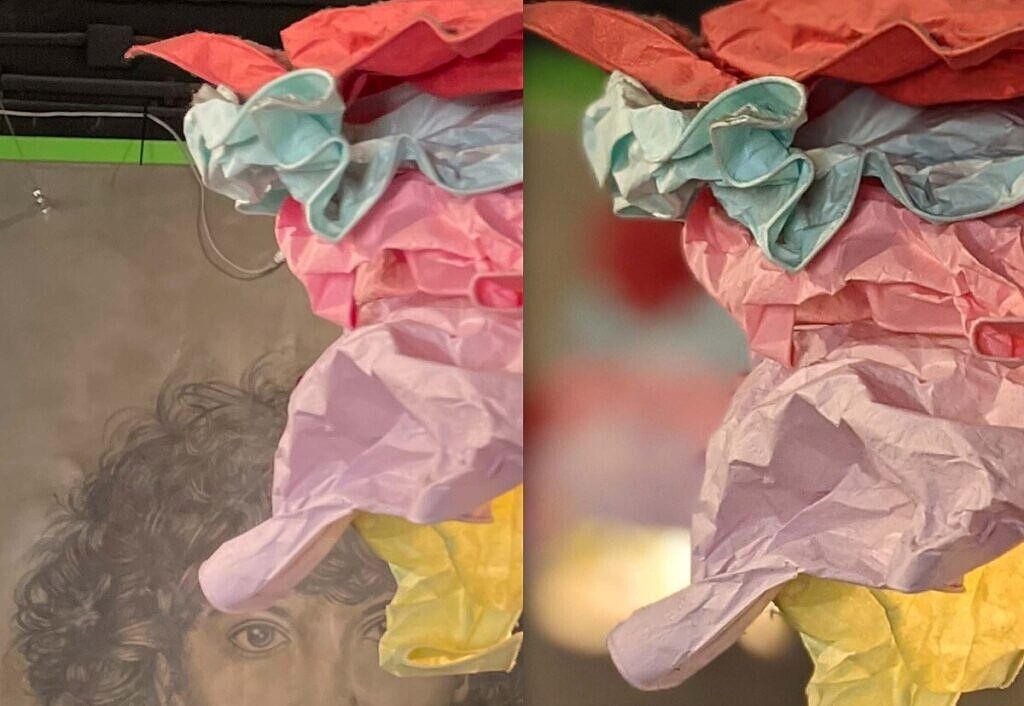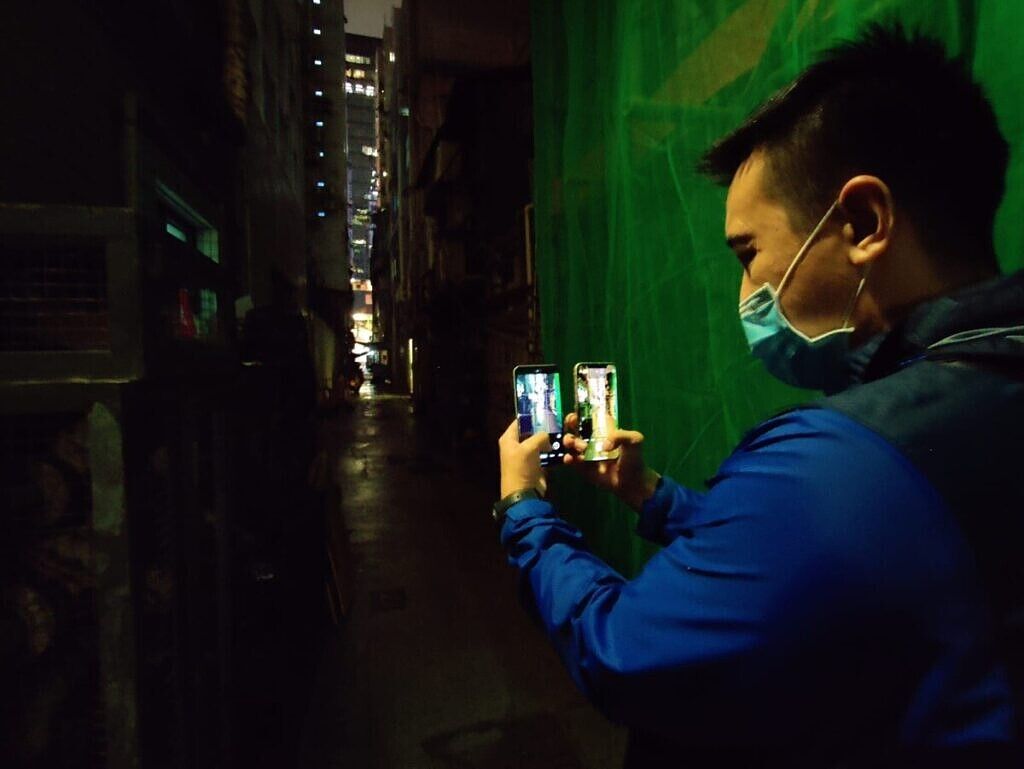When Google set out to make the Pixel, it probably had the iPhone in mind — a device that Google can have total say over software and hardware, one that represents the purest version of Android, and perhaps become the default Android phone. While Google never really got there — the Pixels never sold well, and the Pixel 5 has effectively exited the premium flagship space to compete at a lower tier. But despite that, the Pixel 5 still has arguably the best main camera on the market. With the iPhone 12 and Google Pixel 5 close in price this year, we figured it's time to do a good old fashioned camera shootout between Apple's and Google's most mainstream phone of 2020, to find out which one is better, the Google Pixel 5 or the Apple iPhone 12?
Apple iPhone 12 vs Google Pixel 5: Specification Comparison
|
Specifications |
Apple iPhone 12 |
Google Pixel 5 |
|---|---|---|
|
Build |
|
|
|
Dimensions & Weight |
|
|
|
Display |
|
|
|
SoC |
|
|
|
Storage Options |
|
|
|
Battery & Charging |
|
|
|
Security |
Face ID (TrueDepth camera for facial recognition) |
Rear Fingerprint Sensor |
|
Rear Camera(s) |
|
|
|
Front Camera(s) |
12MP, f/2.2 |
8MP, f/2.0 |
|
Port(s) |
Proprietary Lightning port |
USB-C |
|
Connectivity |
|
|
|
Software |
iOS 14 |
Android 11 |
|
Other Features |
|
|
|
Pricing |
Starts at $799 |
Starts at $699 |
Camera: Hardware and Design
Both phones sport a dual-camera system in a rounded square-shaped module on the upper left corner on the back of the phone. The iPhone 12 shoots mainly with a 12MP, f/1.6 lens, while the Pixel 5's main camera is a 12.2MP f/1.7 sensor. The ultra-wide lens of the iPhone 12 is a 12MP, f/2.4 sensor with a really wide field-of-view of 110-degrees. The Pixel 5's ultra-wide meanwhile is a 16MP, f/2.2 shooter with a 107-degree field-of-view.
Around the front, the iPhone packs another 12MP sensor for selfies, and it's housed in a giant notch with a host of other sensors for facial scanning. The Pixel 5's 8MP selfie camera is but a tiny dot compared to the iPhone's wide cut-out.
Camera App: UI and Features
Both camera app UIs are relatively simple to use compared to other Android brands' camera UI. There's no "Pro" (manual) mode on either device, for example, as both Apple and Google believe the average smartphone user is better off just pointing and shooting and letting the computational smarts handle all the tweaking. I agree with the general sentiment, but as a more experienced user, I do miss the ability to adjust white balance or shutter speed on the fly.
Both Apple and Google believe the average smartphone user is better off just pointing and shooting
Still, the Pixel 5's UI does offer sliders to adjust highlights and shadows in real-time, and I find this more useful than the iPhone's overall exposure dial. Both phones allow plenty of customization once the photo has been snapped. You can do everything from cropping, adjusting contrast, color temperature.
Each phone excels in post-shot editing in one particular area: the Pixel 5 offers superior photo editing after the shot has been taken, with the ability to apply different portrait filters and even apply new portrait lighting around the face that looks highly realistic.
The iPhone 12's camera app, meanwhile, allows real-time editing of videos -- not just simple tweaks like adjusting the length of the video, but you can even crop the video into a different aspect ratio, or rotate orientation. These are all things all Android phones would require a separate -- often paid -- video editing app to pull off.
Apple iPhone 12 vs Google Pixel 5: General Photography
Let's start easy with this first set: these are all photos taken in scenes with consistent, solid-to-good lighting -- relatively easy shots for any modern smartphone camera. The point of this set is to see how each phone approaches color science and details. Keep in mind, every set of photos in this article will show in this order: iPhone 12 first, then Pixel 5. And because photos are slightly compressed in this article, I have the full-res versions of all photos in this Flicker album.
Photos are in this order: iPhone 12 first, then Pixel 5
Looking through these photos on my computer monitor, the general theme is that the iPhone 12 pulls in better lit photos, and if I zoom in to actual size, the iPhone 12's shots are usually sharper with less noise. For example, in the first two photos in the set showing the "Mamaday" coffee shop, if you view the full-size pictures, you can see the inside of the cafe slightly better on the iPhone 12 image than on the Pixel 5 image. Likewise with the photo of the dog -- once I go into 100% view, the dog's face, fur, and tail are more detailed on the iPhone 12's shot.
(Remember, every set of photos in this article goes in this order: iPhone 12, then Pixel 5)
In the night shot with the red taxi, both shots looked great, with proper exposure across the various lights, but once I zoom in, the Pixel 5's shot is dimmer in dark spots and details go soft, particularly the lower left of the corner. In the iPhone 12's photo, you can see the texture of the pavement and the tire a bit better.
However, just viewing them in a smaller form factor -- like, say, on a phone screen -- I usually prefer the Pixel 5's shots, mainly due to the fact that I like Pixel's cooler color science than Apple's overly warm tones.
Apple iPhone 12 vs Google Pixel 5: High contrast shots
Next up, let's try something more challenging. These are all shots taken in scenes with high contrast, meaning part of the photo is very well lit, and part of it is drenched in shadows. Both the iPhone 12 and Google Pixel 5 are top-notch cameras because every shot here looks properly balanced. A lesser phone camera, like a mid-range Motorola or Nokia, would have blown out the highlights. Heck, even Samsung's flagship cameras circa 2017 would have blown out all the lights, particularly in the second to last set of my room facing a window and a computer screen.
Photos are in this order: iPhone 12 first, then Pixel 5
The Google Pixel 5 handles high contrast shots a little better than the Apple iPhone 12
I think overall, the Pixel 5 handles these shots a tad better than the iPhone 12. It makes sense since shots with challenging dynamic range like these require computational photography skills more than hardware. The Pixel has always been ahead of the pack here, although Apple and Huawei have closed the gap a lot. Still, any time I zoom into a bright area, it seems the Pixel's exposure is just a bit more pleasing to my eyes. The iPhone 12's feel slightly too bright.
In the above set, the scene out the window is a bit washed out on the iPhone 12's image. The Pixel 5 found a better balance -- my computer screen's colors look slightly better on the Pixel 5's shot too. For the shot below, I think the sunny part of the shot has more vibrant colors on the Pixel 5's shot.
Apple iPhone 12 vs Google Pixel 5: Night shots on the main camera
Next up, night shots with the main 1x/primary camera. I hesitate to call these "low light shots" because Hong Kong, even at night, is a very well-lit city. The cameras agree with me too because both the iPhone 12 and Pixel 5 turn on night mode automatically when it's shooting in a dim environment, and night mode only turned on in the last set. Instead, I have a separate section for really low light down the article.
Photos are in this order: iPhone 12 first, then Pixel 5
In general, I prefer the Pixel 5's color science in almost every shot. Particularly the third set of the two street signs. There's just something about that Pixel color science with the sky being extra blue and shadows coming in particularly moody that appeals to me. Of course, this is all subjective.
Apple iPhone 12 vs Google Pixel 5: Night shots on the ultra-wide camera
Smartphone ultra-wide-angle cameras, due to it having to cover such a wide canvas and having smaller sensors than the main camera, tend to suffer a major drop-off in image quality after the sun sets. Both the iPhone 12 and Pixel 5 remedy this problem by kicking in night mode automatically.
Photos are in this order: iPhone 12 first, then Pixel 5
The results are quite impressive. The Pixel 5's images tend to be brighter and even; but the iPhone 12's images have less noise and offer a wider, more unique perspective. Neither of these cameras produces shots that allow much zooming in, as details are relatively soft all around. However, I'd argue the point of ultra-wide-angle cameras is to show off the entire scene -- so who would zoom in? This one is a close call, I think I might give the slight win to the Pixel 5.
Portraits/bokeh
I expected this one to be an easy win for the Pixel 5 because the last few Pixels have produced the absolute best portrait shots (aka bokeh images), with the blurry depth-of-field effect looking more natural than other phones, as well as superior edge detection around the subject. But much to my surprise, the iPhone 12 keeps up here, only losing clearly in the bokeh shot of the cup of coffee. This is a huge jump from the iPhone's part, as even on the last year's iPhone 11, I found the bokeh effects to work well only for humans, and nothing else.
Photos are in this order: iPhone 12 first, then Pixel 5
Looking closer, I can see the Pixel 5's edge detection around my hair and the crumpled paper lamp is slightly more natural-looking. However, I am not a fan of how the Pixel recreated my skin.
I think overall I prefer the iPhone's human portraits despite the slightly worse artificial bokeh effect. But for inanimate objects, the Pixel 5's shots are clearly better.
Apple iPhone 12 vs Google Pixel 5: Selfies
Both the iPhone 12 and Pixel 5 can capture excellent, realistic selfies, with the last part (realistic) a good or bad thing depending on your personal preference. You can also shoot a standard selfie or opt for an artificial bokeh, and the effects are quite natural too. In general, the iPhone 12 illuminated my face a bit better, but I like the moody vibe of the shadows on my face in the Pixel 5 selfie. In the last set, I took it inside a somewhat dark taxi against backlight, and both did an excellent job exposing the scene outside the window. I don't really have a winner here -- it's too close to call.
Zoom shots
Neither the iPhone 12 nor the Pixel 5 have a dedicated optical zoom camera, so what you get is just digital zoom. The iPhone 12 maxes out at just 5x, while the Pixel 5 can go up to 7x. The first image below is a 1x shot for reference. Then we see what the two phones can do at 2x, and 5x. Since these are entirely digital zoom, it's not surprising that Google's superior computational photography wins out again, as the 5x zoom of the Pixel 5 is clearly better than the terrible 5x zoom of the iPhone 12. Google advertises its zoom tech as "Super Res Zoom," which employs multi-frame capture techniques to extract extra details -- and it works.
But, to be fair, as someone who's used a bunch of Chinese phones in 2020, neither the iPhone nor the Pixel's zoom shots impress me. The Huawei Mate 40 Pro's 5X zoom blow these out of the water.
Extremely low light shots
These shots are taken in really dark scenes. The first scene was captured in one of the few dark alleys I could find in Hong Kong, while the second set was taken in my bedroom at night with all the lights off and just some outside light from the window. The scene was nearly pitch black to my eyes. Both phones, of course, turned on the night mode for these shots.
Photos are in this order: iPhone 12 first, then Pixel 5
Since both of these shots rely heavily on computational photography to artificially insert light where the human eyes can't even see, there's not much point in zooming in close and pixel peeping, as both are going to be very soft on details. These are shots that were impossible to capture with any mobile devices up until a few years ago, when Huawei pioneered the night mode with the Huawei P20 Pro.
If I do have to judge these shots, however, I'd say the Pixel kept a more natural color that's closer to real life, but the iPhone 12 shot has less noise and artifact.
Apple iPhone 12 vs Google Pixel 5: Video
In the clip below is a collection of several videos, including a daytime clip shot on a moving van, a walking clip at night, and a selfie vlog test in relatively low light conditions. The iPhone 12 has better stabilization in almost every clip, and better colors during the day, but at night, the Pixel 5 footage has more pleasing colors to my eyes. In terms of dynamic range and exposure, it's a toss-up, with the iPhone 12 winning by a hair if I must pick. During the selfie vlogging clip, the Pixel 5 did a much better job of picking up my voice, although the iPhone 12 has a "fuller" sound. My voice is louder and more audible in the Pixel clip, but also flat. In the iPhone 12 clip, my voice is drowned out by ambient noise, but you hear more bass in my voice. Check them out and decide for yourself.
Conclusion: Software is the most important part of the camera
Apple and Google proved once again that with mobile cameras, the software is even more important than hardware, because, despite these two phones hosting rather ordinary camera hardware in terms of pixel count or sensor size, they can still be counted among the very best cameras on the market. Sure, a Samsung Galaxy Note 20 Ultra or Huawei Mate 40 Pro can go toe-to-toe (and in some cases, beat) these two phones in these same tests, but Samsung and Huawei are using significantly more powerful hardware like a larger sensor and a lot more pixels (and consequently, also have higher pricing).
Google's software smarts in producing portrait shots remain best-in-class, and Apple's video recording prowess still tops everyone else. But what makes these two cameras so great for most people is how easy it is to use. The camera app is easy to navigate, without the clutter of Samsung or Huawei's camera UI, and focus speeds are fast. There's also consistency across all shots with the iPhone 12 and Pixel 5 in terms of color science, which is something I can't say confidently about any other Android phone.
Google's software smarts in producing portrait shots remain best-in-class, and Apple's video recording prowess still tops everyone else.
Overall, if I must pick a camera winner, I'd pick the Pixel 5 by a hair, because I prefer its color science for most shots. But this is totally a personal preference.
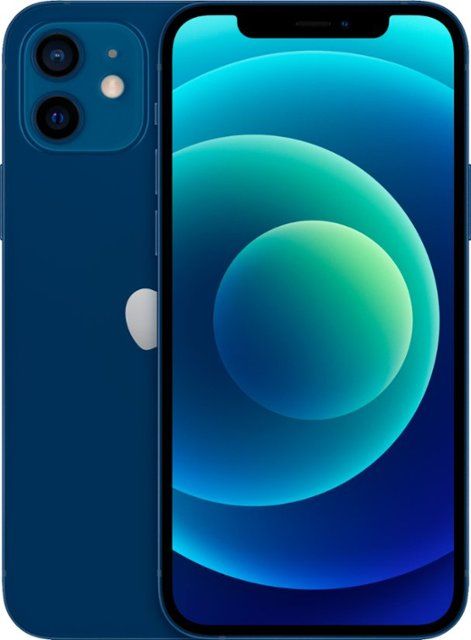
Apple iPhone 12
The iPhone 12's camera brings slight hardware improvement over last year's iPhone, but Apple has stepped up its computational photography thanks to that 5nm SoC.

Google Pixel 5
The Pixel 5's camera hardware may be getting long in the tooth, but Google's computational photography prowess is still the best in the industry -- although, rivals are catching up.

